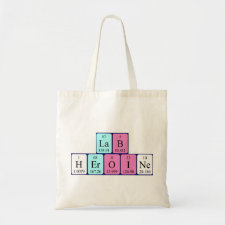
Authors: Sharma AC, Joshi V, Borovik AS
Article Title: Surface grafting of cobalt complexes on polymeric supports: Evidence for site isolation and applications to reversible dioxygen binding.
Publication date: 2001
Journal: Journal of Polymer Science Part A: Polymer Chemistry
Volume: 39
Issue: (6)
Page numbers: 888-897.
DOI: 10.1002/1099-0518(20010315)39:6<888::AID-POLA1063>3.0.CO;2-U
Abstract: Imprinted polymers were synthesized using the surface-grafting technique with [Co(III)1(vpy)(dmap)]PF6 {1, bis[2-hydroxy-4-(4- vinylbenzyloxy)benzaldehyde] ethylene-diimine; vpy: 4 - vinylpyridine; dmap : N,N'-dimethyl-4-aminopyridine} as the template. The metallated sites were probed using spectroscopic techniques including UV-vis, Fourier transform infrared, and electron paramagnetic resonance (EPR) spectroscopies to investigate the site architecture and isolation of the immobilized sites in the surface-grafted polymers. EPR studies showed a distribution of four and five coordinated sites similar to the bulk copolymers, and the surface-grafted polymer showed reversible binding to dioxygen in multiple cycles. Both results indicated site isolation in the surface-grafted polymers analogous to the bulk polymers. Although the dioxygen binding in surface-grafted polymers is reversible, the spin density decreases to 50% in the third cycle as opposed to bulk copolymers. This indicates that the sites are more heterogeneous and more exposed to the environment than the analogous sites in bulk copolymers. (C) 2001 John Wiley & Sons, Inc



Join the Society for Molecular Imprinting

New items RSS feed
Sign-up for e-mail updates:
Choose between receiving an occasional newsletter or more frequent e-mail alerts.
Click here to go to the sign-up page.
Is your name elemental or peptidic? Enter your name and find out by clicking either of the buttons below!
Other products you may like:
 MIPdatabase
MIPdatabase









